The National Credit Union Administration last week released its
CU Journal's coverage from
The National Credit Union Administration last week released its
CU Journal's coverage from
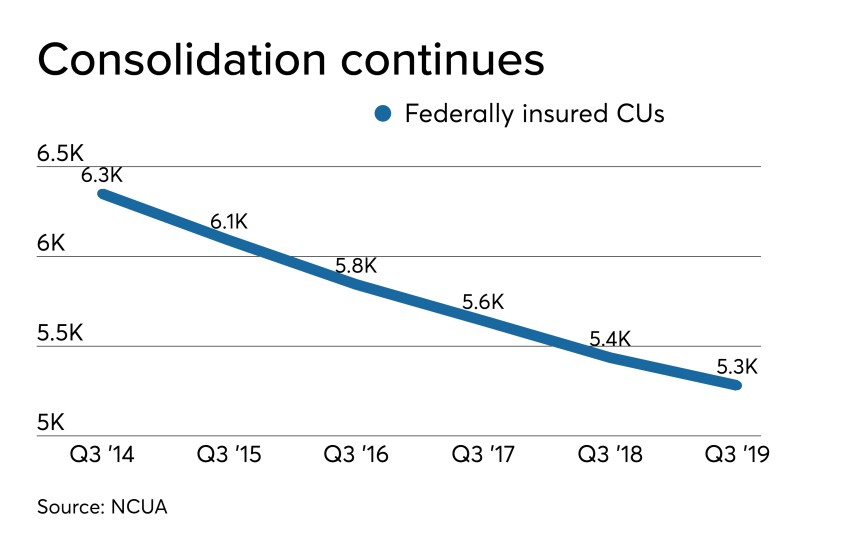
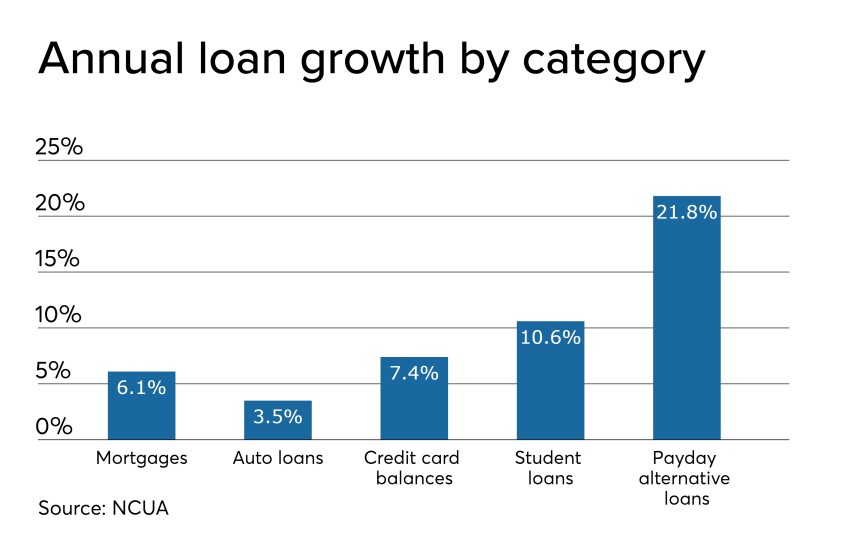
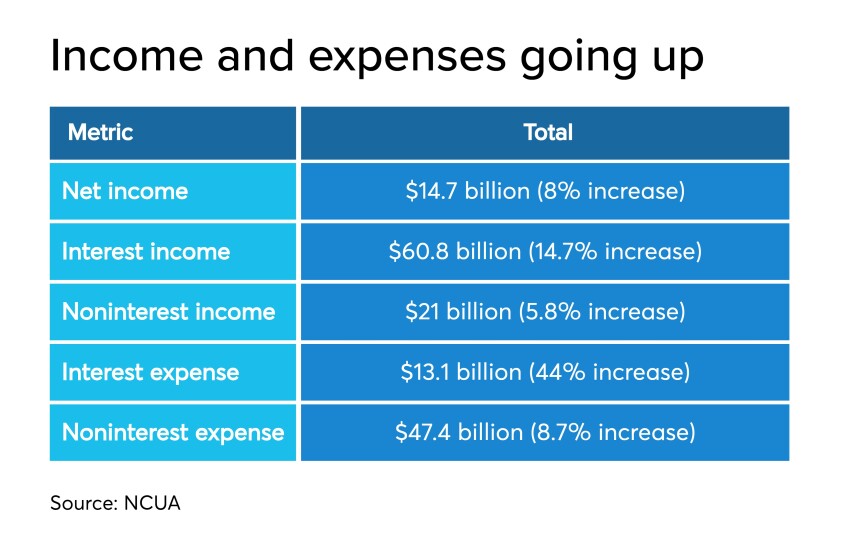
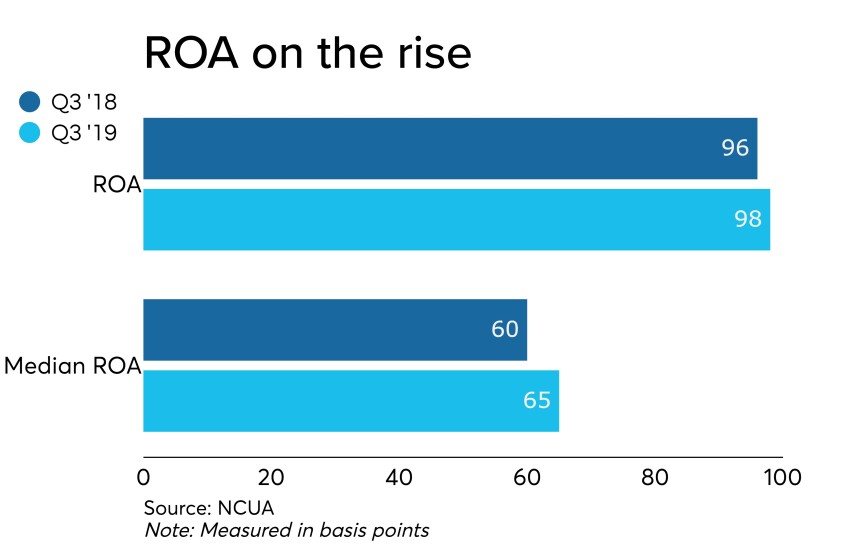
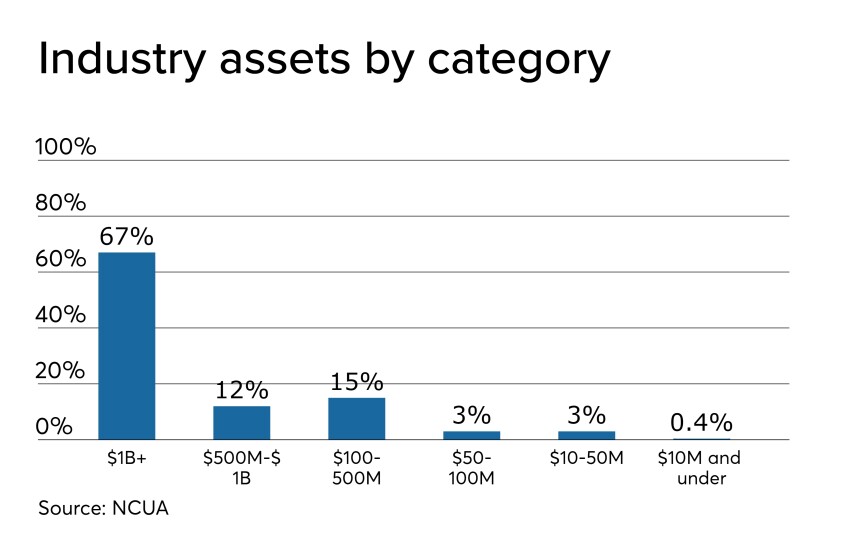
Some customers reportedly complained about getting locked out of their accounts after signing up for the bank's new Strata Elite credit card. "We feel like we have done the right thing for all of our good customers," Pam Habner, Citi's head of U.S. branded cards, said Tuesday.
Speakers at the Most Powerful Women in Banking conference Tuesday shared several scenarios in which banks will benefit from dollar-pegged cryptocurrency.
The McClean, Virginia-based bank said Tuesday that credit quality remained strong in the third quarter, and that it has approved a plan to buy back $16 billion of common stock.
At American Banker's Most Powerful Women in Banking Conference in New York City, former Most Powerful Women in Banking honorees said to build skills that you can take with you outside of a big bank, and that banks should reward risk-taking and building over incremental change.
Bank of America has a playbook for government shutdowns, which includes providing fee and payment waivers as well as loan deferrals and forbearance programs, CEO Brian Moynihan said at the American Bankers Association's annual convention.
New guidance outlines specific due diligence and oversight steps banks must take, reinforcing that they are ultimately accountable for vendor failures.